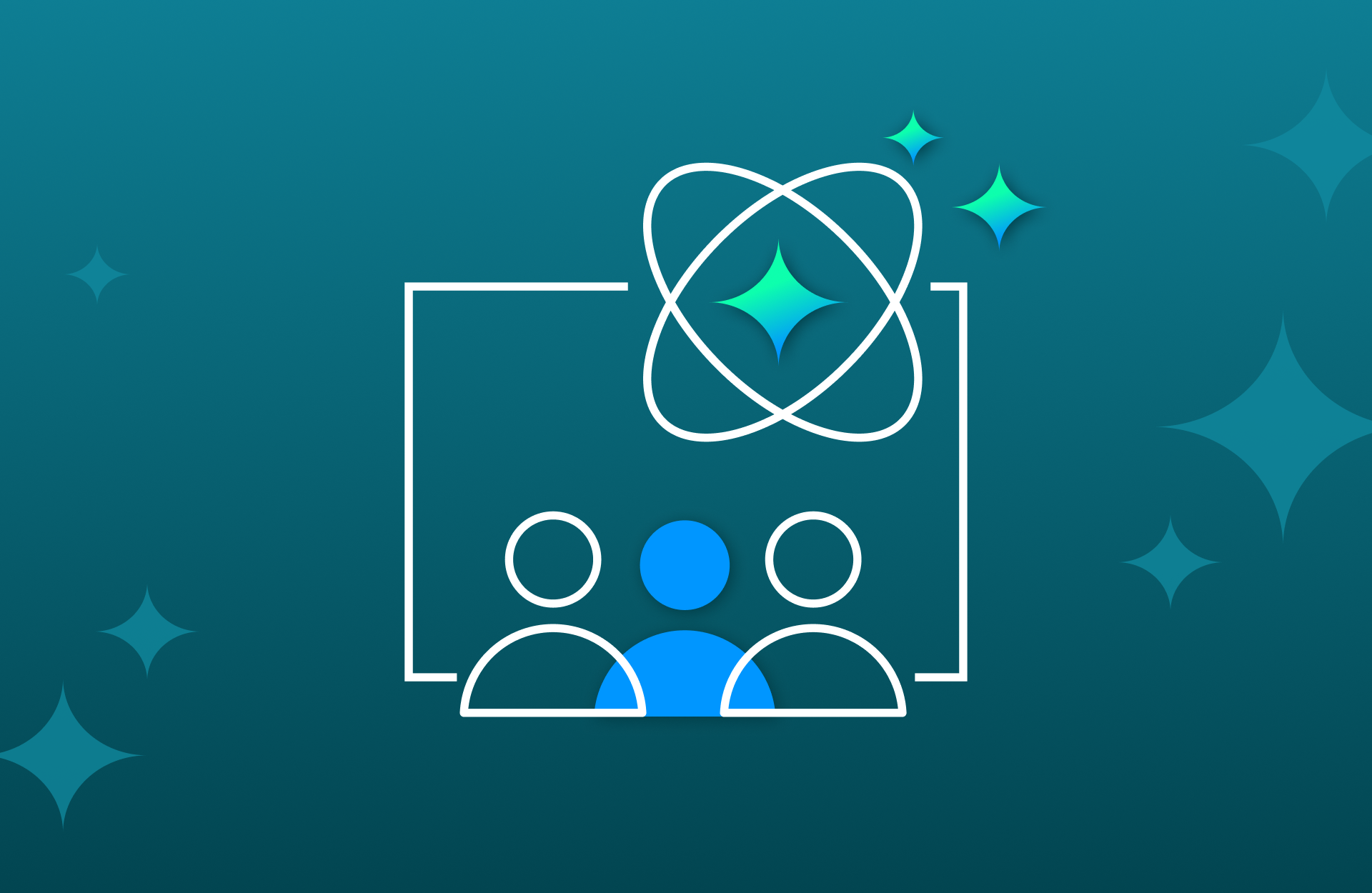The 2025-26 school year is in full swing, and with each day, we see an increase in the conversation focused on “AI writing” and with it key questions including, what is the role of a detector if it’s not 100% accurate? And, what is the value of a detector if the teacher has permitted some use of AI for the assignment?
The introduction of AI into the classroom is a significant challenge for educators. The prevailing view is a serious one: students are at risk of limiting their learning when using AI. Early research is beginning to confirm fears that even students who use AI with positive intentions may be limiting their creativity and impairing their cognitive development. The brain is a muscle and needs to be exercised. For an educator, this isn't just about learning integrity; it's about the most basic purpose of education: teaching students how to think.
So let’s tackle the tough questions.
Why should academic institutions use an AI detector?
The quick answer is because we believe that AI detection is about more than just detecting usage. And with that philosophy, 100% accuracy is never the goal, and realistically can never be achieved.
Our solutions are created for, and with educators. Based on the insight we have gleaned from educators around the world, we understand that the real value comes in creating transparency in HOW the student has used AI.
With this insight, we built Turnitin Clarity, an all-in-one view of each student's writing journey, from revisions and text additions to moments where AI feedback was requested and used, all the way to final submission. For educators, this visibility helps them set assignment-specific AI policies, provide targeted guidance and help ensure grading is fair and equitable. For students, they get a trusted space to write, and use AI responsibly. This we see as a win-win.
Also, let’s not underestimate the power of having the detector as a deterrent to cheating. Knowing the educator or school is using a detector introduces uncertainty and risk for the student. They need to weigh the risk vs the reward of using AI in an assignment when it isn’t allowed.
Why should academic institutions use an AI detector if it’s not perfect?
Life is full of imperfect detection. Think of all the health screenings we do; many come with the possibilities of false positives. Or the times at the airport when the metal detector goes off for no meaningful reason. Then, there is the radar used in forecasting weather. How many times have you gone out on a walk only to find yourself in a downpour? Yet, we don’t ignore or avoid using them. These tests are tools, not meant to be used in isolation.
Similarly, AI detection is just a tool and should not be used alone to judge misuse. Conversations, context and educator assessment are key to helping identify where they should focus integrity conversations and help guide students on how to use the technology responsibly. We believe the true value of AI detection is the opportunity to understand a student’s writing and learning journey.
Turnitin’s AI detection approach
When we set out to build an AI indicator we wanted to deliver a solution that provides valuable data for educators to take informed actions. Our model is trained on a representative sample of data spread over a period of time that includes both AI generated and authentic student writing across geographies and subject areas. While creating our sample dataset, we also took into account statistically under-represented groups such as second-language learners, English users from non-English speaking countries, students at colleges and universities with diverse enrollments, and less common subject areas including anthropology, geology, sociology and others to minimize bias.
We are not perfect, and we are confident in our model. Before we release any updates or launch a new model, we perform tests on approximately 700,000 papers that were written before the release of ChatGPT. Based on those results, we make updates to our model to ensure we hold steadfast to our goal of minimizing false positives.
In short, AI indicators offer a starting point to understand student’s learning experience
There will be students who look to cheat. Technology and the internet has made it easier for misconduct such as collusion, contract cheating, essay mills and AI paraphrasing to emerge. AI detectors are one tool in the toolkit educators need to help them assess: is learning happening.
At Turnitin, our goal is to help the educator be the most accurate interpreter of how the student uses AI, providing insight to the educator to help guide their course of action.




